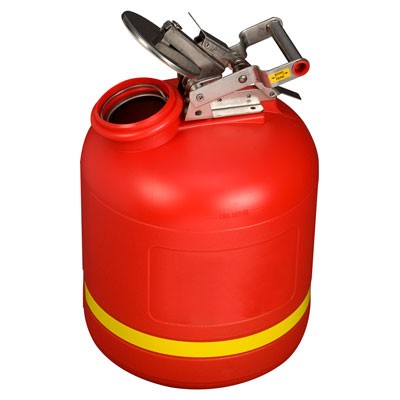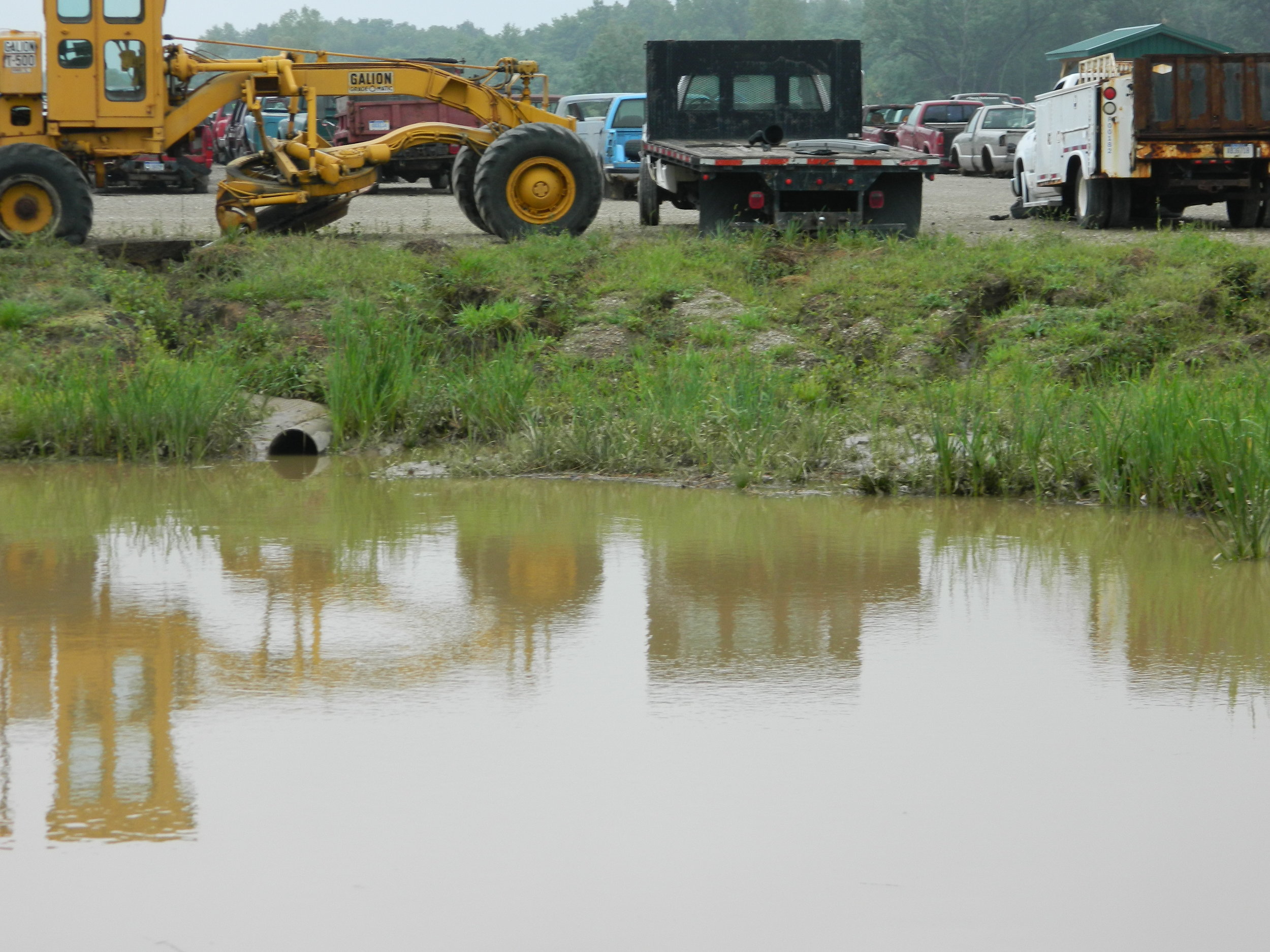Exactly How Fluid Garbage Disposal Works: An In-depth Overview of Methods and Technologies Employed

Summary of Liquid Waste Kind
The intricacy of fluid waste kinds requires a thorough understanding of their features and implications for disposal. Fluid waste can extensively be classified right into numerous types, consisting of industrial, metropolitan, agricultural, and harmful waste. Each category shows unique buildings, calling for particular administration approaches to alleviate environmental and wellness risks.
Industrial liquid waste originates from manufacturing processes and usually contains a series of contaminants, such as heavy steels, solvents, and natural compounds. Local fluid waste, primarily making up wastewater from families and industrial establishments, consists of natural matter, nutrients, and microorganisms (industrial wastewater treatment). Agricultural fluid waste, including overflow from farms, may contain fertilizers, pesticides, and pet waste, presenting threats to water top quality and environments
Unsafe liquid waste is characterized by its toxicity, sensitivity, or potential to cause damage. This category consists of substances like acids, bases, and particular chemicals that necessitate stringent handling and disposal protocols. Understanding these varied fluid waste kinds is important for establishing effective disposal techniques and making sure conformity with environmental regulations. Proper classification and characterization are essential for applying appropriate therapy strategies and decreasing the negative effect on public wellness and the setting.
Physical Therapy Approaches

Testing is the preliminary action, where larger bits and debris are eliminated from the fluid waste making use of screens or grates. This procedure secures downstream tools from damages and guarantees smoother procedure. Adhering to testing, sedimentation utilizes gravitational pressure to separate solids from liquids. In sedimentation storage tanks, heavier particles work out at the base, forming a sludge layer, while the clarified liquid can be additional treated.
Purification is one more crucial method that includes passing the fluid via porous materials, such as sand or membranes, to capture smaller bits. This step improves the high quality of the fluid, making it suitable for succeeding treatment processes.

Chemical Therapy Techniques
Chemical treatment strategies are important for properly taking care of fluid waste, especially in dealing with dissolved and colloidal contaminants that physical approaches may not properly remove. These methods use various chemical representatives to counteract, speed up, or change harmful substances right into less unsafe forms.
One usual approach is coagulation and flocculation, where chemicals such as alum or ferric chloride are included to promote the aggregation of put on hold fragments. This process enhances sedimentation, enabling simpler elimination of the resulting sludge. Additionally, oxidation processes, using representatives like chlorine or ozone, are employed to break down complicated organic compounds and pathogens, rendering the waste safer for discharge or additional therapy.
Neutralization is one more vital technique, which readjusts the pH of acidic or alkaline waste streams to neutral degrees, stopping potential injury to downstream systems and the environment. Additionally, progressed oxidation procedures (AOPs) use mixes of oxidants and ultraviolet light to deteriorate consistent contaminants, attaining a greater degree of treatment efficiency.
Biological Therapy Procedures
Biological treatment procedures play an important function in the management of liquid waste by utilizing bacteria to disintegrate raw material and lower pollutant degrees. These click resources processes can be extensively categorized into cardiovascular and anaerobic treatments, each utilizing particular microbial neighborhoods to attain efficient waste destruction.
Cardio therapy entails using oxygen to help with the breakdown of organic materials by germs. This procedure is typically carried out in turned on sludge systems, where aeration tanks give a favorable atmosphere for microbial development, bring about the oxidation of natural toxins. The resultant biomass can be divided from dealt with effluent via sedimentation.
On the other hand, anaerobic treatment happens in browse around these guys the absence of oxygen, counting on various bacteria to break down organic issue. This method is particularly advantageous for high-strength waste, as it creates biogas, an eco-friendly power resource, while minimizing sludge manufacturing. Technologies such as anaerobic digesters are regularly employed in metropolitan and commercial applications.
Both anaerobic and aerobic organic treatments not just decrease the environmental effect of liquid waste however additionally facilitate resource recovery, making them vital elements of lasting waste management methods. Their efficiency, flexibility, and performance sustain their prevalent implementation across various markets.
Arising Technologies in Disposal
Cutting-edge techniques to fluid waste disposal are quickly progressing, driven by innovations in technology and a boosting emphasis on sustainability. Among these emerging technologies, membrane layer bioreactors (MBRs) have acquired grip for their capacity to incorporate biological therapy with membrane purification, resulting in premium effluent that can be reused in various applications. MBRs make it possible for smaller footprints and a lot more reliable operations contrasted to conventional systems.
Another encouraging development is making use of anaerobic digestion incorporated with nutrient healing modern technologies, which not only deals with liquid waste but also generates biogas and recovers beneficial nutrients like nitrogen and phosphorus. This double advantage enhances resource performance and minimizes ecological influence.
In addition, progressed oxidation processes (AOPs) are being adopted for the destruction of complex organic toxins. These techniques use powerful oxidants and drivers click to read to damage down pollutants at the molecular degree, offering a highly efficient remedy for tough waste streams.
Furthermore, the combination of fabricated knowledge and artificial intelligence in waste monitoring systems is maximizing operational effectiveness and predictive maintenance, leading to lowered prices and improved ecological conformity. These innovations mirror a substantial shift towards even more lasting and reliable liquid waste disposal methods.
Verdict
In verdict, effective liquid garbage disposal demands a thorough understanding of different strategies and modern technologies. The integration of physical, chemical, and organic treatment approaches makes sure the efficient monitoring of varied waste types. Additionally, the development of cutting-edge innovations boosts therapy efficacy and promotes sustainability in waste monitoring techniques. By constantly advancing these methods, it ends up being possible to address the expanding difficulties related to liquid waste, ultimately contributing to environmental management and resource recuperation.
Liquid waste disposal is a vital facet of ecological management, requiring a comprehensive understanding of various strategies and technologies tailored to various waste kinds. Fluid waste can broadly be classified into numerous kinds, including industrial, metropolitan, agricultural, and harmful waste. Agricultural liquid waste, including overflow from farms, may contain fertilizers, pesticides, and animal waste, posturing risks to water high quality and ecological communities.
Various physical treatment techniques play a vital duty in taking care of fluid waste properly - industrial wastewater treatment.In verdict, reliable fluid waste disposal requires an extensive understanding of different strategies and modern technologies
Comments on “Safe and Sustainable Liquid Waste Disposal: Your Go-To Company”